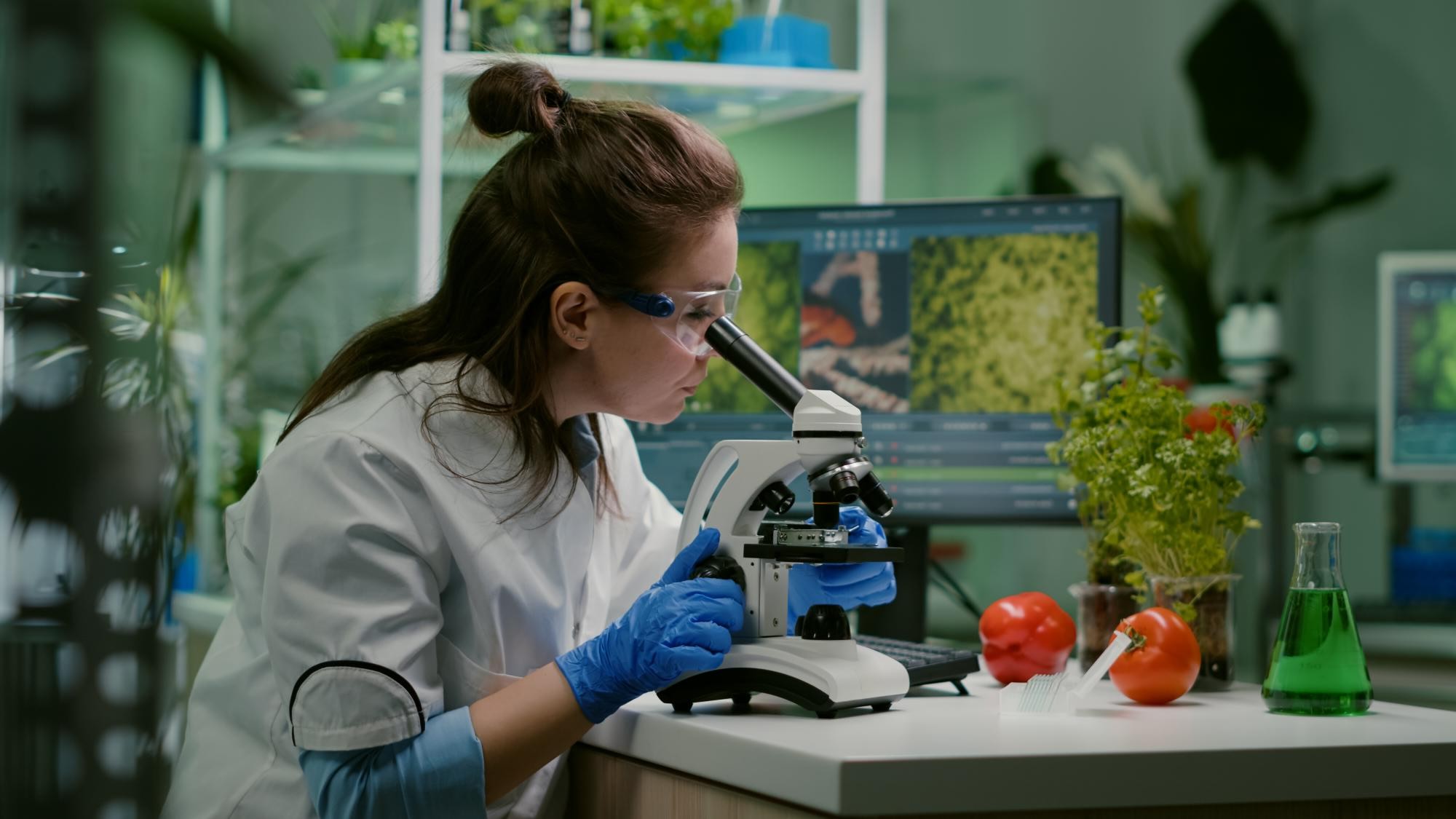
What is food nanotechnology? It's the use of tiny particles, often less than 100 nanometers, to improve food quality, safety, and shelf life. Imagine a world where your favorite snacks stay fresh longer, or where nutrients in your meals are more efficiently absorbed by your body. Food nanotechnology can make this possible. From enhancing flavors to detecting harmful bacteria, this technology is revolutionizing the way we think about food. Curious about how it works and its benefits? Let's dive into 27 fascinating facts that will change your perspective on what you eat every day.
What is Food Nanotechnology?
Food nanotechnology involves manipulating materials on an atomic or molecular scale to improve food quality, safety, and nutrition. This cutting-edge science is transforming the food industry in fascinating ways.
- Nanotechnology can enhance food flavors by encapsulating flavors in nanoparticles, releasing them only when they reach the taste buds.
- It can improve food texture, making low-fat or low-sugar foods taste more like their full-fat or full-sugar counterparts.
- Nanoparticles can be used to create more effective food packaging, extending shelf life and reducing waste.
- Nano-encapsulation can protect sensitive nutrients from degradation, ensuring they reach the body intact.
- Nanotechnology can help detect foodborne pathogens quickly, improving food safety.
Applications in Food Preservation
Preserving food quality and extending shelf life are critical in the food industry. Nanotechnology offers innovative solutions to these challenges.
- Nano-coatings can be applied to food packaging to create barriers against moisture, gases, and microbes.
- Antimicrobial nanoparticles can be incorporated into packaging materials to prevent spoilage and contamination.
- Nanoparticles can be used to create oxygen scavengers, which absorb oxygen inside packaging, slowing down oxidation and spoilage.
- Nano-sensors can detect changes in food quality, such as spoilage or contamination, providing real-time alerts.
- Nanotechnology can help create smart packaging that changes color to indicate the freshness of the food inside.
Enhancing Nutritional Value
Nanotechnology can also play a significant role in improving the nutritional value of food, making it healthier and more beneficial.
- Nano-encapsulation can protect vitamins and minerals from degradation during processing and storage.
- Nanoparticles can be used to fortify foods with essential nutrients, such as iron or calcium, without affecting taste or texture.
- Nano-emulsions can improve the bioavailability of nutrients, making them easier for the body to absorb.
- Nanotechnology can help create functional foods that deliver health benefits beyond basic nutrition.
- Nano-encapsulation can be used to deliver probiotics more effectively, enhancing gut health.
Food Safety and Quality Control
Ensuring food safety and quality is paramount. Nanotechnology offers advanced tools for monitoring and controlling food safety.
- Nano-sensors can detect contaminants, such as pesticides or heavy metals, at very low levels.
- Nanoparticles can be used to create more effective food preservatives, reducing the need for artificial additives.
- Nanotechnology can help create more accurate and sensitive diagnostic tools for detecting foodborne pathogens.
- Nano-sensors can monitor environmental conditions, such as temperature and humidity, during food storage and transportation.
- Nanotechnology can help create tamper-evident packaging, enhancing food security.
Environmental Impact
Nanotechnology can also contribute to more sustainable food production and packaging, reducing the environmental impact of the food industry.
- Nano-coatings can reduce the need for plastic packaging, decreasing plastic waste.
- Nanotechnology can help create biodegradable packaging materials, reducing landfill waste.
- Nano-sensors can optimize agricultural practices, reducing the use of water, fertilizers, and pesticides.
- Nanotechnology can help create more efficient food processing methods, reducing energy consumption.
- Nano-encapsulation can improve the stability of natural preservatives, reducing the need for synthetic additives.
Future Prospects
The future of food nanotechnology holds exciting possibilities, with ongoing research and development paving the way for new innovations.
- Researchers are exploring the use of nanotechnology to create lab-grown meat, offering a more sustainable alternative to traditional meat production.
- Nanotechnology could help create personalized nutrition solutions, tailoring food to individual health needs and preferences.
The Future of Food Nanotechnology
Food nanotechnology is changing how we think about what we eat. From improving food safety to enhancing flavors, this technology offers exciting possibilities. Imagine packaging that tells you when food spoils or supplements that deliver nutrients more effectively. These advancements could make our diets healthier and more sustainable.
However, it's not all smooth sailing. There are concerns about the long-term effects on health and the environment. Scientists and regulators are working hard to ensure these innovations are safe. As consumers, staying informed is crucial.
In short, food nanotechnology holds great promise but requires careful consideration. By understanding both the benefits and risks, we can make better choices for our health and the planet. Keep an eye on this evolving field; it’s sure to bring more fascinating developments in the years to come.
Was this page helpful?
Our commitment to delivering trustworthy and engaging content is at the heart of what we do. Each fact on our site is contributed by real users like you, bringing a wealth of diverse insights and information. To ensure the highest standards of accuracy and reliability, our dedicated editors meticulously review each submission. This process guarantees that the facts we share are not only fascinating but also credible. Trust in our commitment to quality and authenticity as you explore and learn with us.
